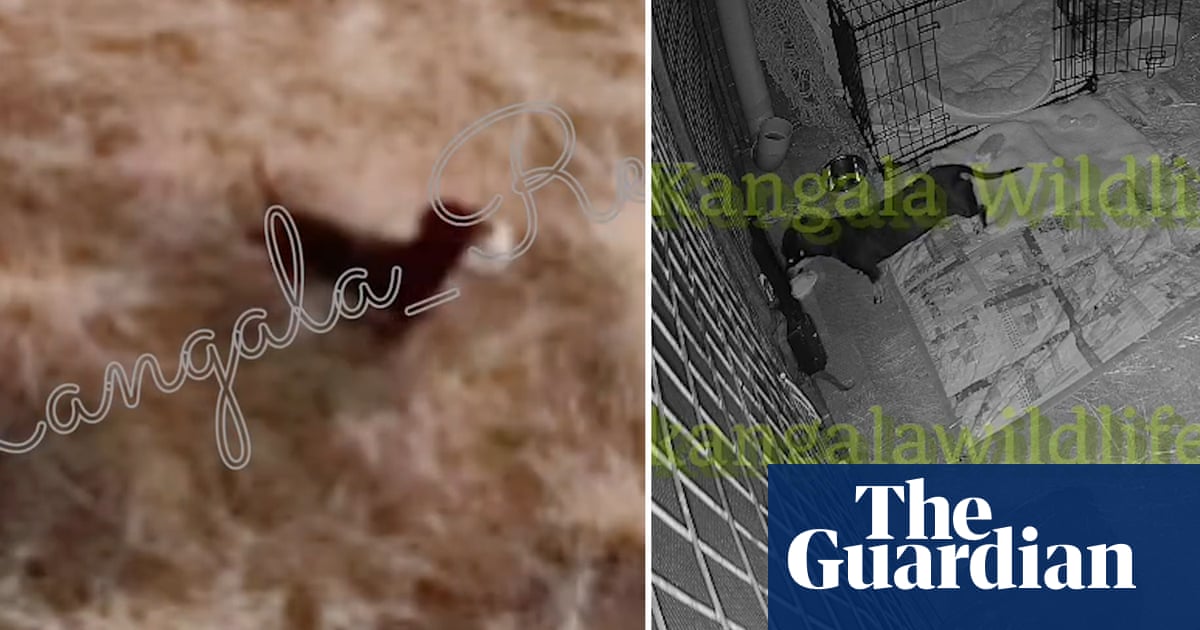‘Our chorus line was never going to look like the Moulin Rouge’s,” says Katherina Radeva. And everyone knows what that one looks like, don’t they? The high-kicking cancan chorus line with long legs flying up in a blur as women show off their bloomers to the sound of Offenbach’s irresistibly infectious music – a riot of frills, thrills, whoops and garters. Well, that’s certainly one version. But Radeva is talking about Bottoms, a show she has put together with co-director Alister Lownie and their company Two Destination Language. Bottoms takes the cancan as its muse, its creators having discovered that the real story of the dance phenomenon is much more interesting than the tourist-friendly cliche.
It turns out that the identikit all-female spectacle that we know so well is the opposite of how the cancan first began in the working-class dancehalls of Paris, where it was a social dance full of spontaneous improvisation – and performed primarily by men. It was only much later that it became a theatrical spectacle for the well-to-do. “What we really latched on to, which we relate to deeply, is this,” says Radeva. “Working-class makeup shit-hot dance. People go, ‘Oh, I really love that. I’ll have it.’ Then they commercialise it and almost take it all away.’”
Bottoms, which opens this week at Tramway in Glasgow, is a theatre show with dancing, courtesy of Radeva and a cast of four fellow performers drawn from dance, theatre and cabaret. What Radeva and Lownie wanted to address was “value, labour and art”: how artists and creativity are valued, and exploited, in a capitalist system. The fascinating history of the cancan provided a rich backdrop for such an exploration, as well as the opportunity to conjure up the wild spirit of the dance’s early performers.
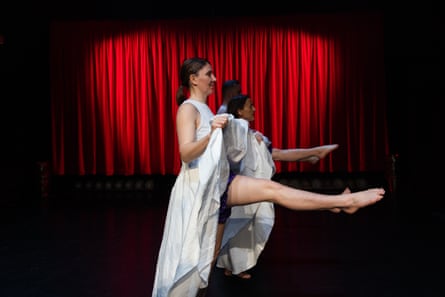
The cancan came from the quadrille, a social dance with set steps performed by four couples, but there would be un galop at the end, with people galloping down the room and starting to improvise, showing off and getting more and more boisterous. The cancan’s predecessor was le chahut, meaning commotion or uproar, a very working-class dance with untramelled energy and a melting pot of influences from French and Spanish colonies: fandango, chica, cachucha. As for the name, there are competing theories: one, that it’s from canard, meaning duck, perhaps because practitioners did a waddling movement; another, that it’s from les cancans, meaning gossip or tittle-tattle.
The dance was a form of “expressive resistance” says Clare Parfitt, who is working on a book about the cancan and popular dance across the Atlantic world. This was Paris in the 1820s, when it was under the Bourbon monarchy, “a repressive environment for working-class people, who so often held the flame of revolution, so they had to do a lot of things in secret”.
There were policemen around every corner, she says, ready to make arrests for indecency – although there was no definition of what indecency meant. It wasn’t necessarily sexual, just anything that strayed from the norm. As Parfitt puts it: “The white male bourgeois model of the self.” Consequently, the reason we know that the early cancan dancers were men is because of their arrest records. Women start turning up there in the 1840s, says Parfitt.
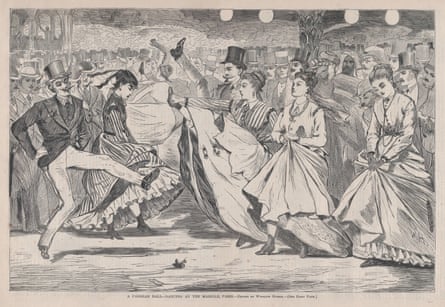
We do have some idea of what the early cancan looked like, though, from bohemian writers and cartoons of the day. There were kicks, yes, but nothing like the ankle-to-ear feats that show up later. The aim was to be the opposite of “upright” and proper, with couples holding their bodies scandalously close to each other, leaning on a diagonal, slouching, or dragging their feet along the floor. Elsewhere, there are reports of “windmilling arms” and the influence of acrobatic dancer Charles-François Mazurier, who could leap up into the air and land in the splits.
The cancan, says Parfitt, walked a tightrope between outlandish improvisation and what was legally acceptable. Soon it became well established in the dancing gardens of mid-19th century Paris, from the Grande Chaumière in Montparnasse to the Bal Mabille near the Champs-Élysées. This was still not as a stage show, though. It was still social dancing, with certain featured participants taking to the floor. Women started to become the face of the dance, often working-class women trying to find a way out of poverty. “They use the whole ball culture to hustle,” says Parfitt. “They’re always trying to get lunch bought for them, or dinner, or a few pennies here and there. A sort of courtesan culture emerges and the cancan is involved because those dance forms become their way of marketing, of putting their bodies on display.”
Writer David Price details many of these formidable women in 1998’s Cancan! Céleste Mogador (real name Élisabeth-Céleste Vénard) was an early star for whom dance was a way out of sex work. Élise Sergent (AKA La Reine Pomaré – stage names and personas were common) was a woman with a graceful body and a potty mouth, who died of consumption at 22.
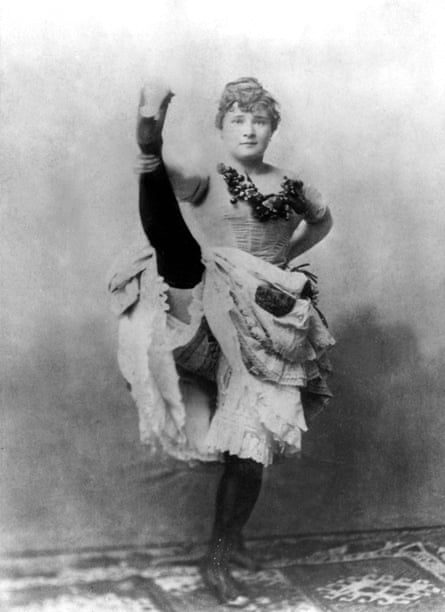
Then there was Rigolboche, who danced at Casino Cadet and was described by one writer as “a whirling mass of limbs and lingerie”. Rigolboche claimed to be attacked by a form of madness when she danced. “She was just completely taken over by the vibes,” laughs Radeva. “Intoxicated! And that’s great, that’s what I think dance should do.” Finally, there was Finette (AKA La Bordelaise, AKA Josephine Durwend), a former ballet dancer whose party piece was a kick so high she could knock off a gentleman’s hat. She was one of the first to dance the cancan on a London stage in the 1860s.
“They were the influencers of their day, like the Kardashians,” says Lownie. “They were very charismatic,” adds Radeva. “People became infatuated with them, like Toulouse-Lautrec.” One of Toulouse-Lautrec’s favourite people to paint was the dancer Louise Weber, nicknamed La Goulue or The Glutton, since she liked to down spectators’ drinks when she was dancing.
La Goulue danced at the Moulin Rouge, marking cancan’s move towards the establishment in the later 19th century. Parfitt talks of an increasing nationalism at that time. “Countries are attempting to differentiate themselves” she says, “and show what modern nations they are. One way is through dance. There was a push in France to have a national dance form – and the cancan moves from being this really peripheral form that’s repressed into the absolute centre of French national identity.”
When the cancan was performed on stage at the beginning of the 20th century, it started to shift in style and feature a line of dancers addressing the audience. Critics in the 1920s talked about such mass movement echoing mass production, the individual subsumed into the machine. “The complete opposite of what it was before,” says Parfitt. “In the 19th century, it was all about the individual – they all had their signature moves and special nicknames. Now it was all about unison.”
The cancan is full of contradictions. It was a dance of freedom, even anarchy. Then it came to fuel both the empowerment of women and the fetishisation of them, before becoming an exacting, athletic feat performed by professionals. It continues to be an instantly recognisable symbol of Paris, but has also spread to some unlikely corners of the world. “There is this amazing community of cancan dancers in the Yukon in Canada,” says Parfitt.
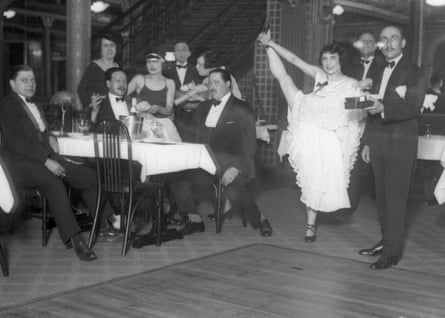
A 2023 BBC documentary revealed life backstage at the still-kicking Moulin Rouge, a place of hard graft and megawatt smiles, where donning the showgirl’s jewels and feathers is the pinnacle of many young dancers’ careers. The real star of the show, though, was Janet Pharoah, artistic director and a no-nonsense Yorkshirewoman who sadly died earlier this year.
Lownie feels conflicted about how the cancan has ended up. “There is something joyous in seeing skilled people doing something to the highest quality,” he says. “It’s enthralling in its way. But it’s also a highly sexualised setup that’s made for the champagne dinner that goes with it.”
Radeva adds: “We’re not criticising that – but we are pulling at the edges.” Radeva – whose solo piece 40/40 brimmed with the joy of the amateur performer lost in the music – is not so interested in mechanical steps or matching angles. She’s more in tune with those early dancers of le chahut. “The workers left work and went to the pub to throw some shapes,” she says. And the politics was baked into how they danced. “Hopefully some of the joy of Bottoms will be in reclaiming a bit of that, with our different bodies, our different abilities.”
How does she feel about the show’s chorus line? “We’re really happy with it!” she says. “We make a motley crew. And I think that’s glorious to watch.”

 1 month ago
32
1 month ago
32
































